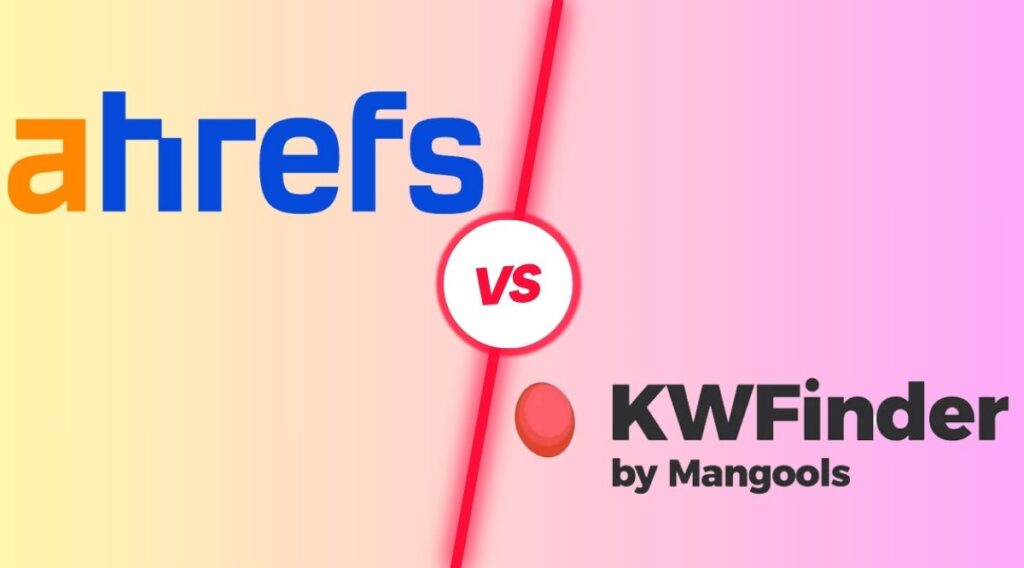In today’s competitive digital landscape, creating valuable content is only half the battle. The true challenge lies in ensuring that content reaches the right audience, resonates with their needs, and drives measurable results. A well-structured B2B content distribution strategy for business growth enables companies to maximise the impact of their efforts, extend brand visibility, and foster stronger connections with decision-makers. For B2B organisations, where purchase decisions often involve multiple stakeholders and longer sales cycles, a thoughtful distribution approach can transform content into a powerful growth engine.
This comprehensive guide explores how businesses can build an effective distribution plan, the channels that deliver the highest ROI, and the tactics that ensure content delivers measurable value.
Why Content Distribution Matters in B2B
Creating content without a proper distribution strategy is like producing a brilliant product and leaving it in a warehouse without marketing. In B2B markets, buyers actively seek information, insights, and solutions before engaging with vendors. A strategic distribution approach ensures:
- Increased visibility among key decision-makers and industry leaders.
- Enhanced credibility through consistent, thought-leadership-driven content placement.
- Higher engagement rates by meeting audiences on the platforms they trust.
- Accelerated pipeline growth by nurturing prospects with relevant information.
By aligning distribution with the customer journey, businesses can guide prospects from awareness to decision-making seamlessly.
Understanding Your Target Audience
Before choosing channels or creating campaigns, businesses must understand their audience in detail. B2B buyers are not generic; they differ in roles, challenges, and information needs. A successful distribution plan relies on:
- Buyer personas: Define roles, industries, challenges, and goals.
- Content preferences: Identify whether they prefer case studies, whitepapers, webinars, or short-form insights.
- Decision-making stages: Map content to awareness, consideration, and decision stages.
- Preferred platforms: Recognise where they spend time – LinkedIn, industry forums, newsletters, or podcasts.
By narrowing the focus, companies avoid wasting resources on platforms or formats that don’t align with their buyers’ behaviour.
Also Read: What Is Enterprise Marketing Automation
Core Channels for B2B Content Distribution
1. Owned Media
Owned channels are the foundation of a strong strategy because they provide complete control.
- Company website: Acts as the central hub for blogs, resources, and case studies.
- Email newsletters: Nurture existing leads with consistent, value-driven insights.
- Webinars and podcasts: Offer deep dives into industry challenges while positioning the brand as a thought leader.
2. Earned Media
Earned exposure builds credibility by leveraging third-party endorsements.
- Guest posting on industry sites
- Press mentions and PR features
- Speaking engagements at events
3. Paid Media
Paid efforts can amplify reach quickly when targeted precisely.
- LinkedIn ads for B2B targeting
- Google Ads for search intent visibility
- Content syndication platforms that push resources to relevant audiences
4. Shared Media
Shared distribution thrives on audience engagement.
- LinkedIn posts and groups
- Twitter/X threads with insights
- Community-driven platforms such as Reddit or industry Slack groups
Balancing all four ensures a holistic approach that builds brand authority while generating tangible results.
Crafting Content for Distribution Success

The format and style of content influence how well it performs across channels. To maximise distribution impact, businesses should:
- Repurpose assets: A whitepaper can become blog posts, infographics, and short videos.
- Optimise for search engines: Use semantic optimisation and intent-driven phrasing.
- Incorporate storytelling: Connect data with real-world relevance to make content memorable.
- Design for skim-readers: Use headings, visuals, and bullet points to ensure clarity.
- Enable interactivity: Quizzes, polls, and tools increase engagement rates.
By designing with distribution in mind, companies extend the lifecycle of every piece of content.
Aligning Distribution with the Buyer’s Journey
A one-size-fits-all approach rarely succeeds in B2B. Instead, distribution should align with the buyer’s progression:
- Awareness stage: Share thought-leadership blogs, industry research, and social snippets to spark interest.
- Consideration stage: Use case studies, comparison guides, and expert webinars to position authority.
- Decision stage: Deliver ROI calculators, free trials, or demo offers directly to key stakeholders.
Mapping each content type to a journey stage ensures prospects receive timely, relevant, and persuasive information.
Leveraging Data for Smarter Distribution
Data-driven insights refine distribution and increase ROI. Businesses should monitor:
- Engagement metrics: CTR, bounce rates, and time spent on page.
- Channel performance: Which platforms deliver the best conversion rates?
- Audience behaviour: Understand how prospects interact with content across devices.
- Attribution modelling: Identify which touchpoints lead to closed deals.
By regularly analysing performance, companies can optimise budgets and focus on high-performing tactics.
Advanced Tactics for B2B Distribution
- Account-Based Marketing (ABM): Tailor distribution strategies to high-value accounts, ensuring content reaches decision-makers directly.
- Personalisation at scale: Use dynamic email campaigns and AI-driven recommendations to deliver customised experiences.
- Influencer and thought leader partnerships: Collaborate with respected voices in the industry to expand reach and credibility.
- Video-first strategies: Short-form videos and explainer clips are increasingly effective across LinkedIn and YouTube.
- Community engagement: Actively participating in niche forums, groups, and communities positions brands as authentic contributors.
Also Read: How to Make Money with Digital Marketing
Common Mistakes to Avoid
Even with strong strategies, some pitfalls can reduce impact:
- Focusing only on one channel and ignoring others.
- Overlooking analytics and continuing without insights.
- Publishing without promotion leads to low visibility.
- Failing to align content with buyer intent results in wasted effort.
- Inconsistent branding which dilutes trust and recognition.
Avoiding these mistakes ensures a streamlined approach that maximises every resource invested.
Building a Sustainable Distribution Framework
Sustainability comes from consistency and adaptability. To build a lasting strategy:
- Develop a content calendar with planned distribution touchpoints.
- Integrate automation tools for scheduling and targeting.
- Encourage cross-department collaboration between marketing, sales, and customer service.
- Regularly refresh evergreen content for ongoing visibility.
- Continuously test and experiment with formats, timing, and channels.
This ensures content distribution evolves with market changes while maintaining long-term impact.
The Role of Trust and Authority
In B2B, trust drives deals. Decision-makers look for reliable, authoritative sources before committing. Distribution strategies that showcase expertise, share genuine case studies, and highlight success stories establish credibility. By consistently providing high-quality, helpful resources, companies can position themselves as partners rather than just vendors.
Future Trends in B2B Content Distribution

The landscape continues to evolve. Key trends shaping the future include:
- AI-driven targeting that ensures hyper-personalised distribution.
- Voice search optimisation for hands-free information discovery.
- Interactive and immersive experiences, such as AR demos or virtual events.
- Long-form thought leadership is becoming a differentiator in saturated industries.
- Data privacy compliance is influencing how companies collect and use customer insights.
Adapting early to these shifts ensures businesses remain competitive and future-ready.
Conclusion
An effective B2B content distribution strategy for business growth is not just about spreading content widely — it’s about ensuring the right people see the right message at the right time. By combining audience insights, strategic channel selection, and continuous optimisation, businesses can transform their content into a powerful engine for brand authority, lead generation, and long-term success.
Companies that invest in purposeful distribution will not only maximise the ROI of their content but also position themselves as industry leaders capable of guiding buyers confidently through every stage of their journey.
FAQs (Frequently Asked Questions)
What is the immediate goal of a B2B content distribution strategy?
The main goal is to ensure that content gets the right audience at the right stage of the buyer’s journey, leading to stronger engagement, better-qualified leads, and measurable business growth.
How do I choose the best channels for distribution?
Start by analysing where your target audience spends time. Combine owned, earned, and paid channels, and prioritise platforms that align with industry behaviour and professional networking habits.
How often should I distribute content?
Consistency is key. Aim for a balanced frequency that keeps your brand visible without overwhelming audiences. Weekly or bi-weekly updates often work well for B2B companies.
Can smaller businesses benefit from content distribution strategies?
Yes. Even with limited resources, smaller businesses can gain visibility by focusing on niche audiences, leveraging partnerships, and repurposing content across multiple platforms.
How can I measure the success of my strategy?
Track metrics such as website traffic, social shares, lead quality, and conversion rates. Analysing performance helps refine future campaigns and ensures continuous improvement.










